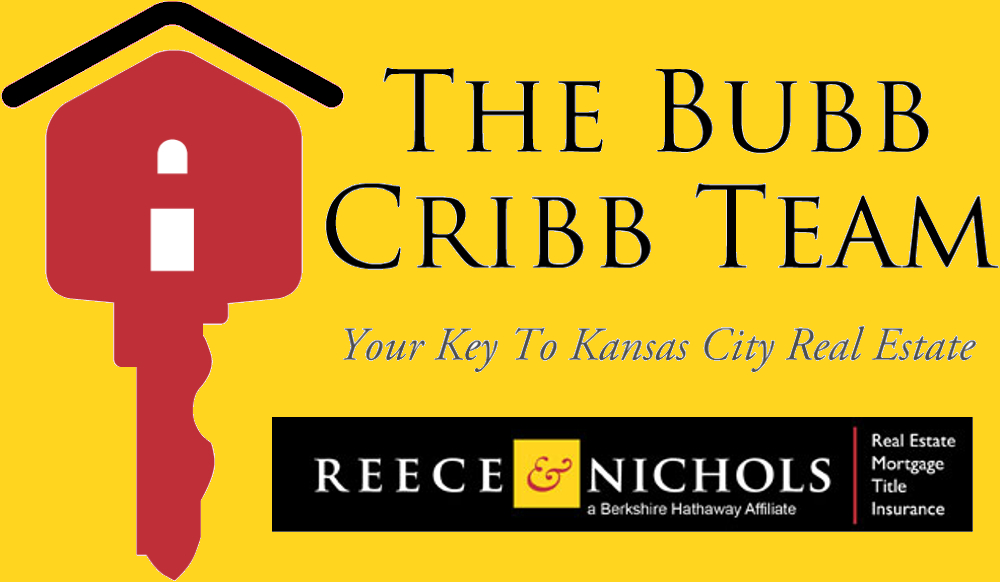 Let's talk PMI
Let's talk PMI
PMI literally is defined as Private Mortgage Insurance and is typically required to be purchased when a buyer puts less than 20% down on a property for sale. Paying a premium is not a problem in many cases and it allows buyers to purchase now instead of waiting until they have more money for a down payment. Today we will dig a layer deeper with our friends at http://currentmortgagerates.org - as they have some good ideas and help to understand PMI and your rights.Sometimes the housing market changes radically and you end up paying mortgage on a home that has lost significant market value since it was purchased. This situation has become very common in the last few years, since the housing bubble burst and the US went into a recession. Many home owners have found themselves having to make the same large monthly payment on a home that is worth much less than before the recession. When this happens, homes become really hard to sell because their value is less than what the owners owe on their mortgages. Because of this, many homes were classified as distressed, creating large financial problems for home owners who wish to sell. Being underwater on your mortgage and having to pay Private Mortgage Insurance on top of the high monthly payments makes it very difficult for home owners to keep their home. Abandoning the home and buying another one, which will have a lower monthly payment, seems like a better alternative (please keep in mind you do have options)!
 The Homeowners Protection Act of 1998 states that Private Mortgage Insurance can be canceled when you reach 20 percent equity in your home. When the equity in your home reaches 22 percent, PMI should be dropped automatically, but many times lenders don't remove the policy until they are reminded. Unfortunately, many home owners don't know this. If you are underwater on your mortgage, this doesn't have to factor in the process and you can have your PMI canceled; if you qualify.
The Homeowners Protection Act of 1998 states that Private Mortgage Insurance can be canceled when you reach 20 percent equity in your home. When the equity in your home reaches 22 percent, PMI should be dropped automatically, but many times lenders don't remove the policy until they are reminded. Unfortunately, many home owners don't know this. If you are underwater on your mortgage, this doesn't have to factor in the process and you can have your PMI canceled; if you qualify. Qualifying to have your PMI Canceled You Need:
- The equity in your home has to be 20 percent or larger.
- Your monthly mortgage payments must be up to date with no missed payments.
 |
| NO MISSED PAYMENTS! |
- Some lenders require that you do not have any late mortgage payments in the last 6 months.
- You must have been the owner of the home for at least 2 years.
- There must not be any second liens on your property, such as a home equity loan / line of credit or a second mortgage.
- The property must not be a vacation home.
 |
| NO VACATION HOMES! |
Have a great week & if you know anyone in need of more information about getting out from under PMI once you reach the necessary threshold, we can help!


